Animal intelligence is hard to pin down because “intelligence” takes place in several forms. Examples of types of intelligence include language comprehension, self-recognition, cooperation, altruism, problem-solving, and mathematics skills. Here are some of the most intelligent.
10. Ravens and Crows:
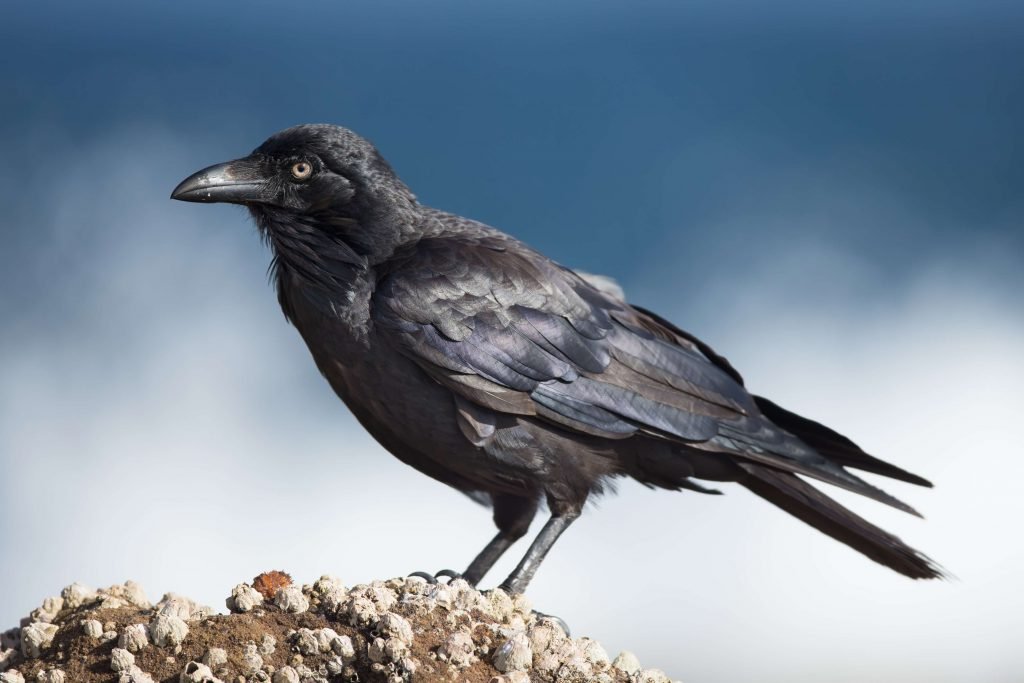
Raven and crows make and use tools. The entire Corvid family of birds is clever. The group includes magpies, jays, ravens, and crows. These birds are the only non-primate vertebrates that invent their own tools.
Crows recognize human faces, communicate complex concepts with other crows, and think about the future. Many experts compare crow intelligence to that of a 7-year-old human child.
9. Chimpanzees:
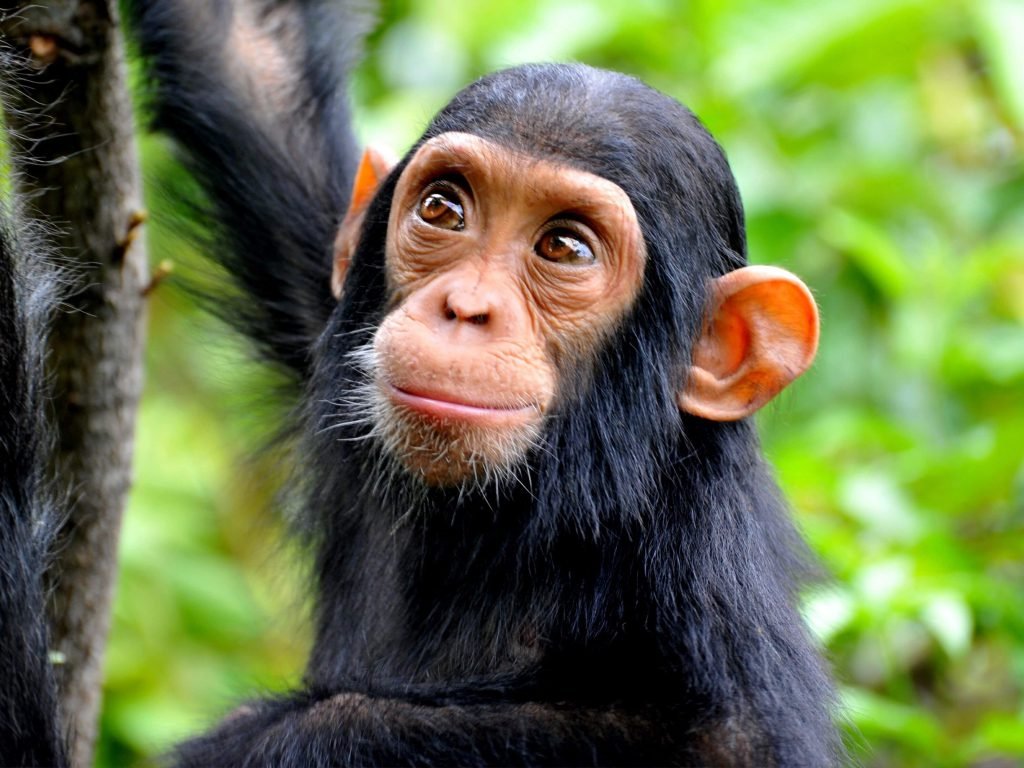
Chimpanzees can make spears and other simple tools. Chimpanzees are our closest relatives in the animal kingdom, so it’s not so surprising that they display intelligence similar to that of humans.
Chimps admire spears and other tools, display a wide range of emotions, and recognize themselves in a mirror. Chimps can learn sign language to communicate with humans.
8. Elephants:

Elephants can cooperate with each other to solve problems. Elephants have the largest brains of any terrestrial mammal.
The cortex of an elephant’s brain has as many neurons as a human brain. Elephants have exceptional memories, cooperate with each other, and demonstrate self-awareness. Like primates and birds, they engage in play.
7. Gorillas:
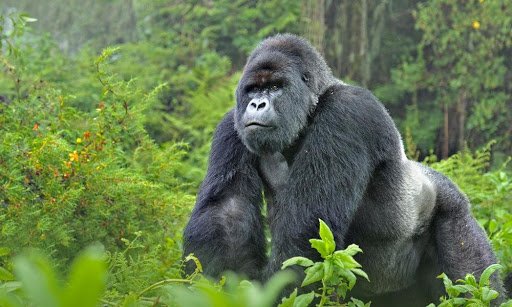
Gorillas can form complex sentences. The gorilla named Koko became famous for learning sign language and caring for a pet cat.
Gorillas can form original sentences to communicate with humans and understand the use of symbols to represent objects and more complex concepts.
6. Dolphins:
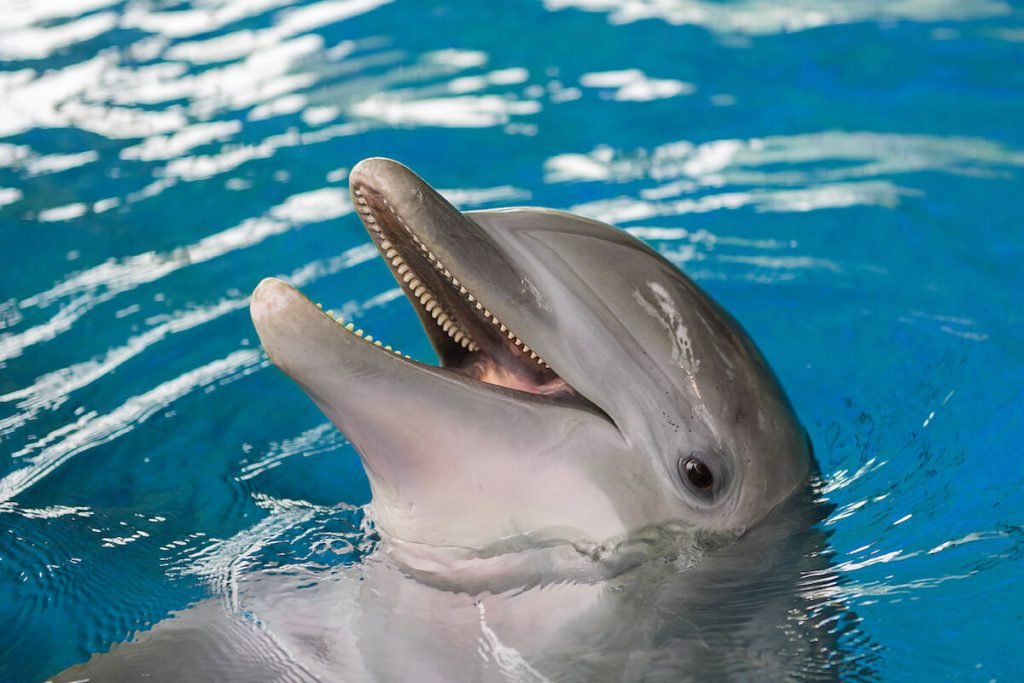
Dolphins are clever enough to devise deceptions. Dolphins and whales are at least as smart as birds and primates. A dolphin has a large brain when relatively compared with their body type.
The cortex of a human brain is highly convoluted, but a dolphin brain has even more folds! Dolphins are the only marine mammals that have passed the mirror test of self-awareness.
5. Pig:
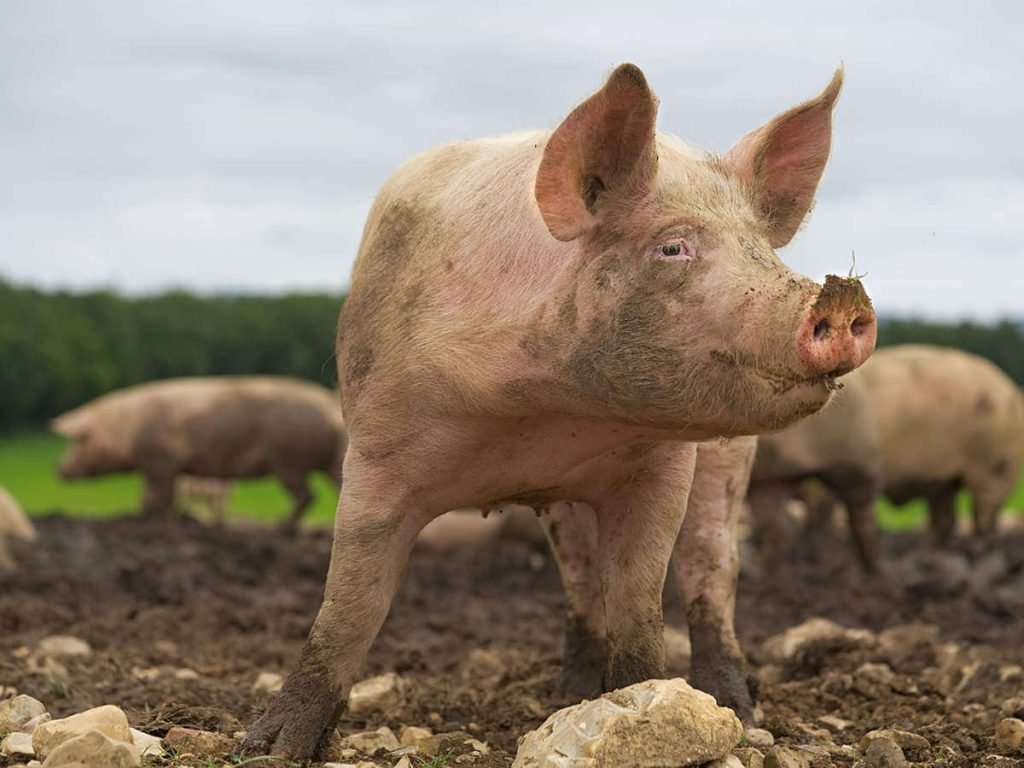
Even young piglets understand how reflection in a mirror works. Pigs solve mazes, understand and display emotions, and understand symbolic language. Piglets grasp the concept of reflection at a younger age than humans.
Six-week-old piglets that see food in a mirror can work out where the food is located. In contrast, it takes human babies several months to understand reflection. Pigs also recognise complex representations and can apply this skill to play video games using a joystick.
4. Octopus:
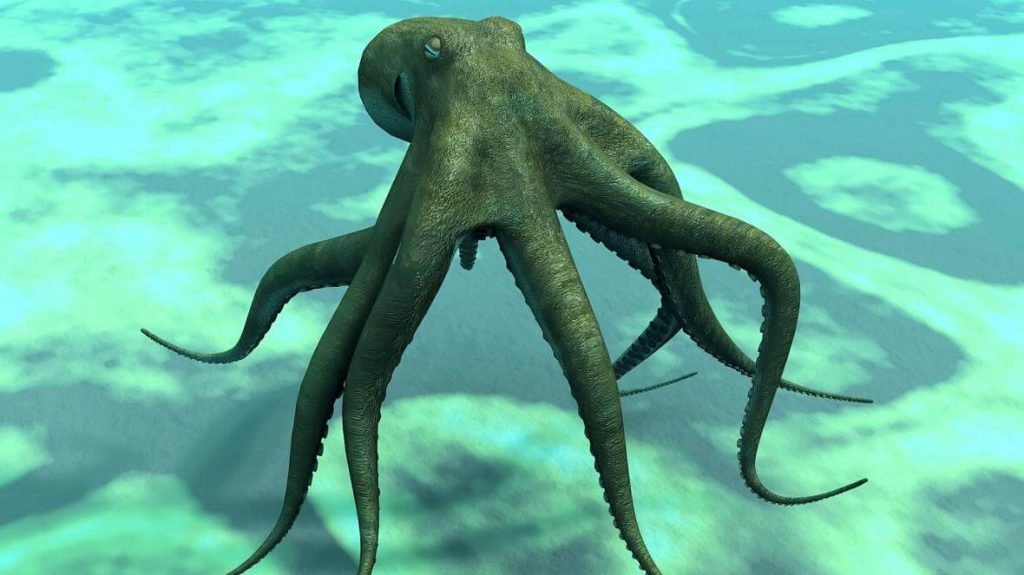
An octopus in an aquarium may break a light if it’s too annoying. The octopus has the largest brain of any invertebrate, yet three-fifths of its neurons are actually in its arms. The octopus is the only invertebrate that uses tools.
An octopus named Otto was known to throw rocks and spray water at the bright overhead lights of his aquarium in order to short them out.
3. Parrots:
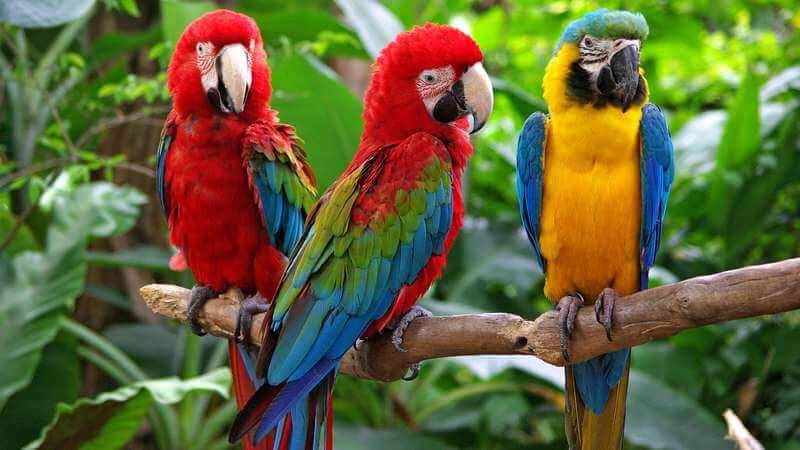
Parrots can solve logic puzzles. Parrots are thought to be as smart as a human child. These birds solve puzzles and also comprehend the concept of cause and effect.
The most intelligent bird of the parrot world is the African Grey, a bird known for its astonishing memory and the astounding ability to count. African Grey parrots can learn an impressive number of human words and use them in context to communicate with people.
2. Dog:

German shepherds are known for quickly learning new commands. Dogs understand emotions, show empathy, and understand symbolic language. According to canine intelligence expert Stanley Coren, the average dog understand around 165 human words. However, they can learn many more.
A border collie named Chaser demonstrated understanding of 1022 words. An analysis of his vocabulary was published in the February 2011 issue of the Behavioural Processes Journal.
1. Raccoon:
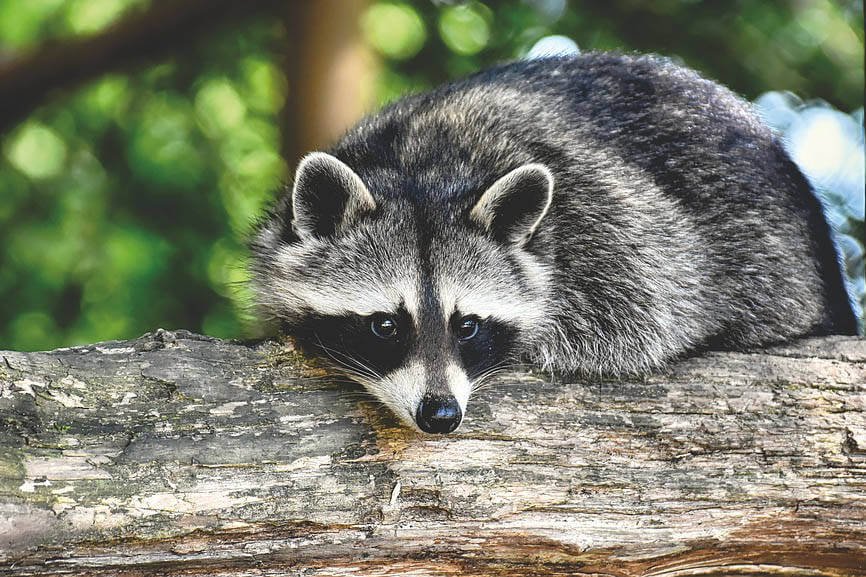
Raccoons can pick complicated locks. Aesop’s fable of the Crow and the Pitcher could have been written about a raccoon. Researchers at the USDA National Wildlife Center and the University of Wyoming gave raccoons a pitcher of water containing marshmallows and some pebbles.
In order to reach the marshmallows, the raccoons had to raise the water level. Half of the raccoons figured out how to use pebbles to get the treat. Another simply found a way to knock over the pitcher. Raccoons are also notoriously good at picking locks and can remember solutions to problems for three years.


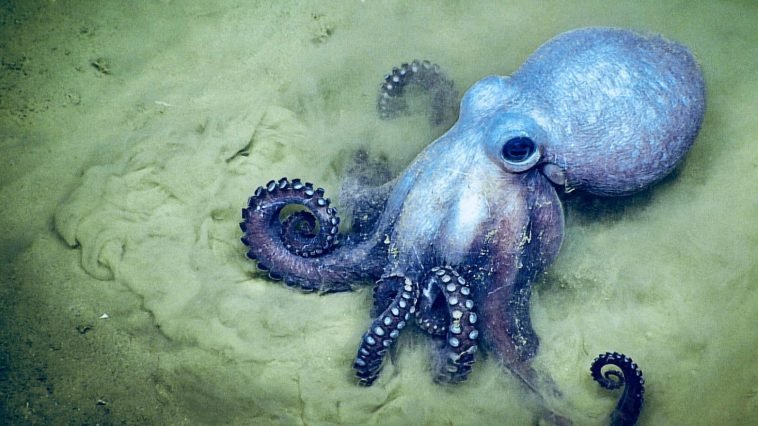

Loading…